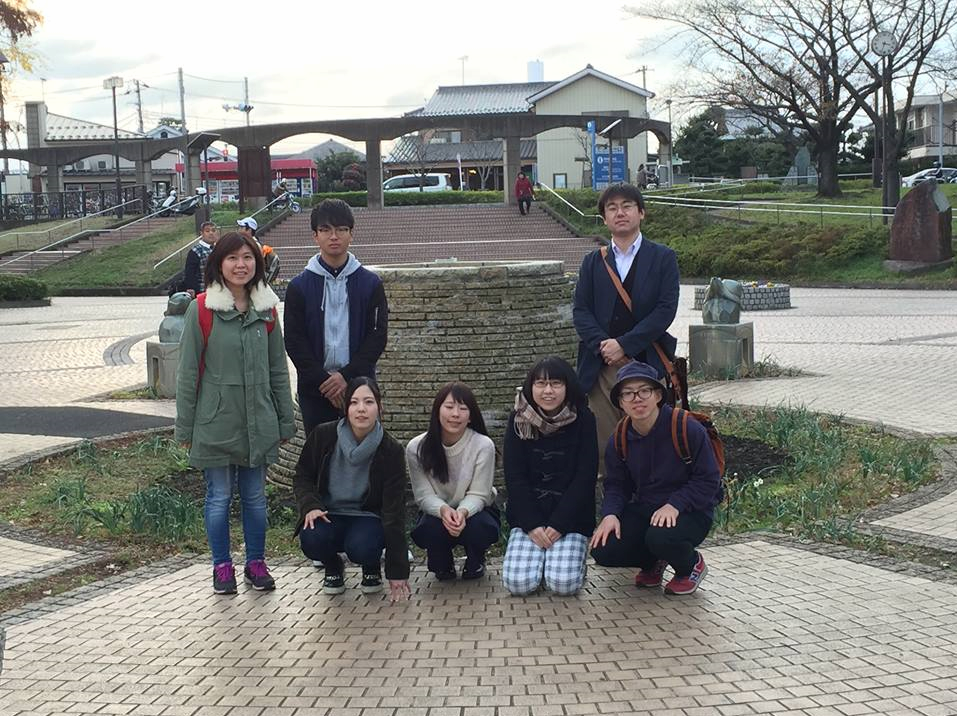
下記の画像をクリックすると報告書のダウンロードができます。
要約
東京都葛飾区水元公園は,福島原発事故で放出された放射性物質のホットスポットの一つになった。東京方面の原発事故前の空間線量の実測値(自然放射線)は,
公的機関の情報によると0.04μSv/h程度であった。ところが,週刊誌の記事ではあるが,事故後の2011年6月15日測定値では,その20倍に相当する
0.86μSv/hを記録している。増加分は,福島原発から飛んできた人工放射性物質が土壌などに入り込んだことによる追加である。我々の調査の範囲では,同
年8月下旬の測定値で,0.40μSv/h程度を記録し,現在は(国の規準では除染の必要ない)0.10~0.20μSv/h程度まで低下していることがわ
かった(2015年8月,11月の
2回調査)。土壌サンプルに含まれる放射性物質は,500~2000Bq/kg程度であった。ただ,局所的には5000Bq/kg,13000Bq/kg程度の土壌も
あった。このような状況が,地域住民にどのような健康影響を与えるのか、与えないのかはわから
ない。しかし, 人間の将来のため,事実の記録を取っておくことは大切なことであると我々は考える。
Abstract
The Mizumoto Park became one of the radiological hotspot released by
Fukushima nuclear plant accident. According to the information of the
public institution, at the Tokyo area, the measurements of the air dose
(natural radiation) before the nuclear plant accident were around
0.04μSv/h. However, around 0.86μSv/h equivalent to 20 times of that
value was recorded on June 15, 2011 after the accident, according to the
article of the weekly. The quantity increased is addition by the
artificial radioactive material flew from Fukushima Nuclear Power Plant
getting into the soil. In the range of our measurements, around
0.40μSv/h was recorded at the end of August the same year. Now (from
August to November in 2015), it falls to around 0.10-0.20μSv/h. The
radioactive material included in the soil was , around 500-2000Bq/kg.
There was the soil of about 5000Bq/kg, 13000Bq/kg, but they were only
narrow areas. We do not know what kind of
healthy influence such situation gives local inhabitants. However,
for the human future, we think it is an important thing to keep the
record of the fact.